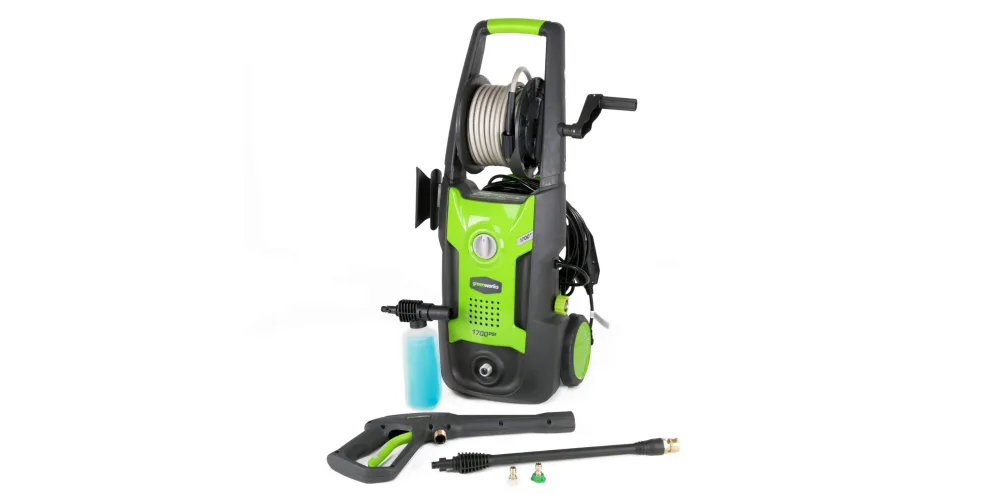When it comes to CNC machining, designing parts with precision and efficiency is essential for optimal results. Whether you’re new to CNC machining or looking to improve your design skills, this article will provide you with valuable tips and best practices to ensure your parts are well-suited for the CNC manufacturing process. By following these guidelines, you can maximize the benefits of CNC machining and achieve superior quality parts. Learn more on this useful blog.
Understand CNC Machining:
Before diving into the design process, it’s crucial to have a solid understanding of CNC machining. Familiarize yourself with the basics of the CNC workflow, including CAD/CAM software, tooling, and machining techniques. This knowledge will help you make informed design decisions and communicate effectively with machinists.
Design for Manufacturability:
Designing parts for CNC machining requires considering manufacturability from the outset. Keep in mind the limitations and capabilities of CNC machines, such as tool access, material selection, and machining tolerances. Simplify complex geometries, avoid sharp internal corners, and design parts with appropriate draft angles to facilitate machining and ensure optimal quality.
Optimize Material Selection:
Choosing the right material for your CNC parts is crucial. Consider factors like material strength, machinability, and cost. Aluminum, steel, and various plastics are commonly used in CNC machining. Ensure that the chosen material is readily available, cost-effective, and suitable for the intended application of the part.
Design for Tool Access and Support Structures:
During CNC machining, the cutting tools need proper access to the part’s features. Design parts in a way that allows tools to reach all necessary areas easily. Consider the use of internal features to support thin or fragile sections during machining. This will prevent deflection and ensure dimensional accuracy.
Minimize the Number of Setups:
Reducing the number of setups required for machining a part can improve efficiency and minimize errors. Consolidate machining operations by designing parts that can be machined in a single setup or with minimal repositioning. This approach will save time, reduce costs, and improve overall production throughput.
Utilize Standard Features and Tooling:
Leveraging standard features and tooling options can streamline the CNC machining process. Design parts with standard hole sizes, thread profiles, and other geometric features that align with commonly available tools. This approach reduces tooling costs, minimizes lead times, and ensures easy replacement of worn-out tools.
Consider Surface Finish Requirements:
Define the desired surface finish for your parts early in the design phase. Take into account factors such as aesthetic appeal, functional requirements, and post-processing operations. Communicate these requirements clearly to the machinist to achieve the desired surface quality.
Communicate with Machinists:
Collaboration between designers and machinists is crucial for successful CNC machining. Engage in open communication to discuss design intent, clarify any potential manufacturing challenges, and obtain feedback on design feasibility. By working closely with the machinist, you can optimize your part design for efficient production.
Conclusion:
Designing parts for CNC machining requires careful consideration of various factors, from manufacturability to material selection and tooling optimization. By following the tips and best practices outlined in this article, you can enhance your design skills and ensure that your parts are well-suited for CNC manufacturing. Embrace continuous learning and stay updated with advancements in CNC technology to further improve your design capabilities. With a solid understanding of CNC machining principles and these guidelines in hand, you can unlock the full potential of CNC machining and achieve exceptional results in your part designs.










